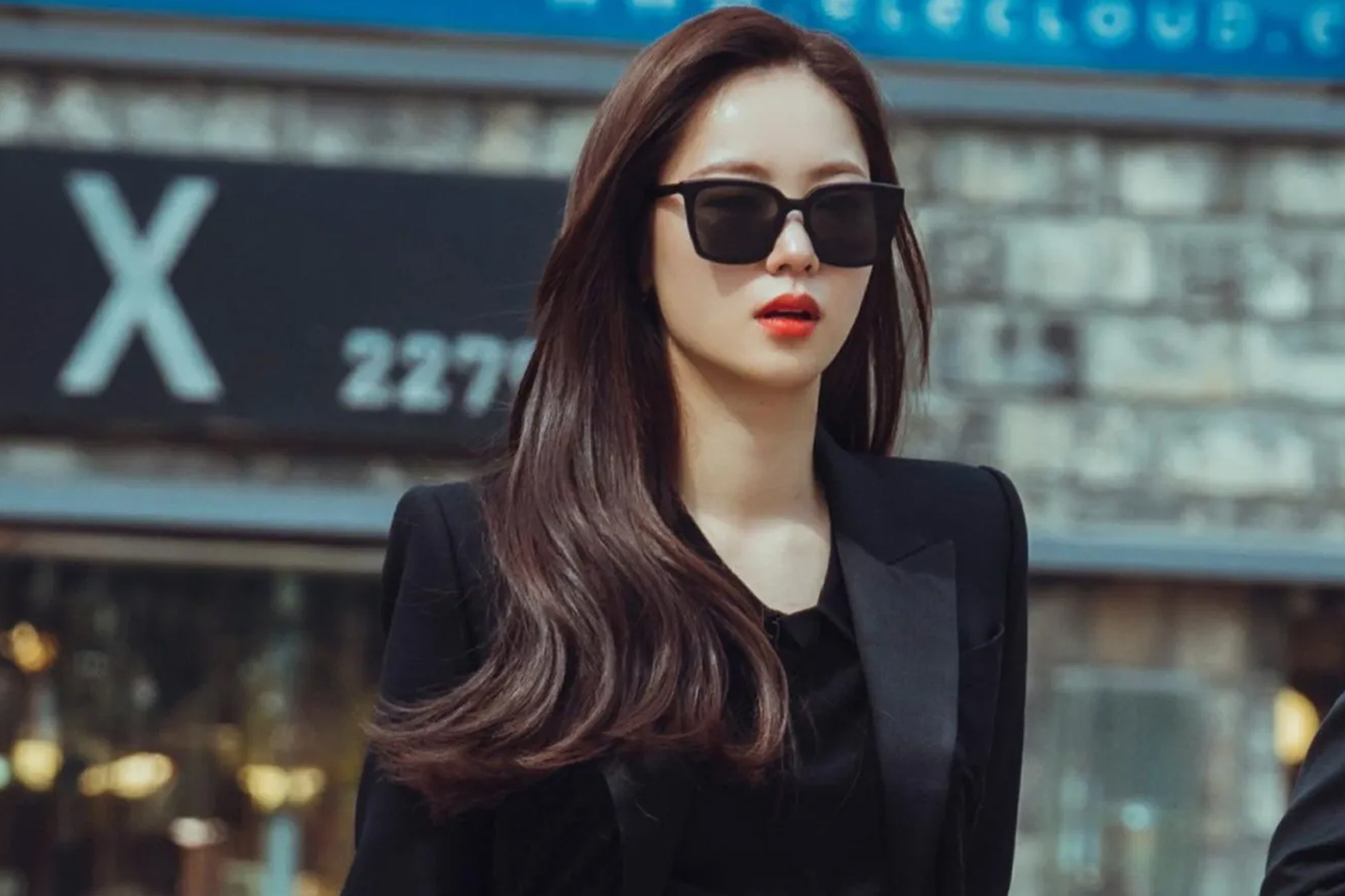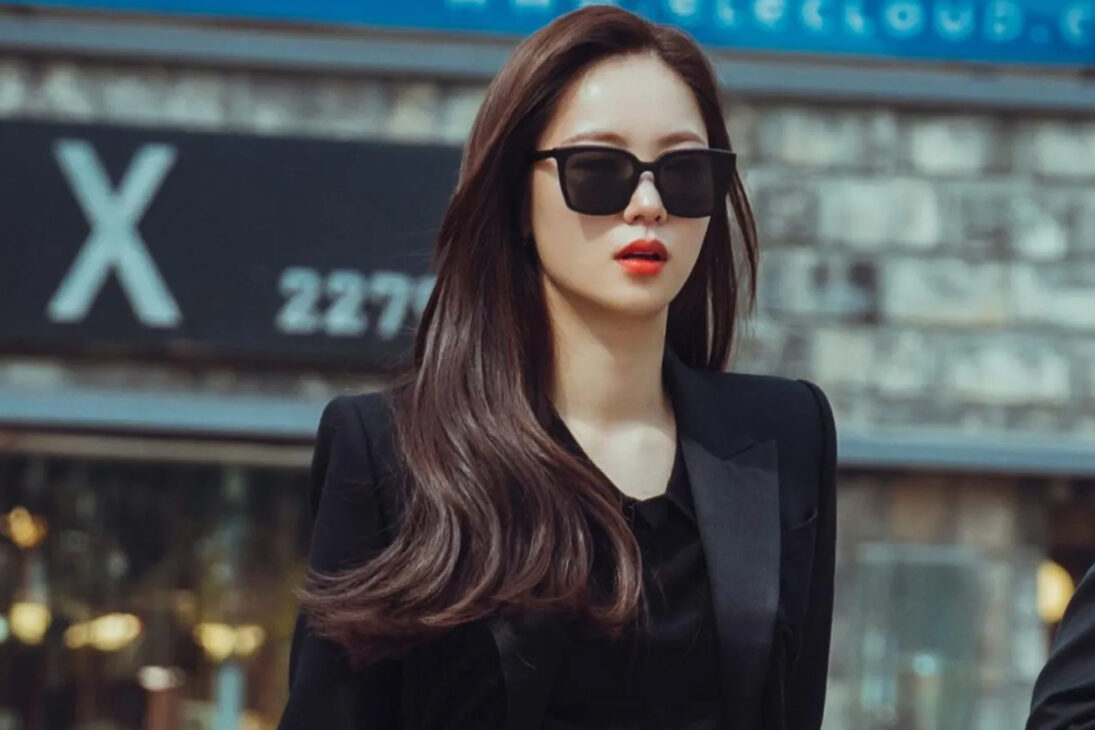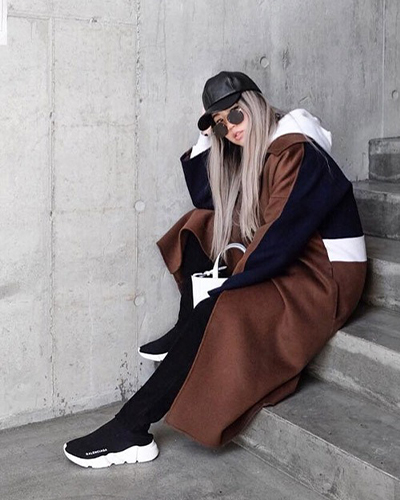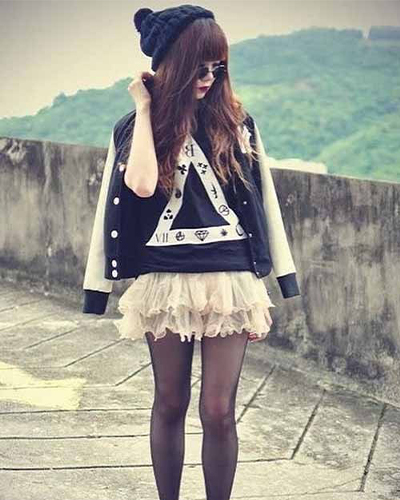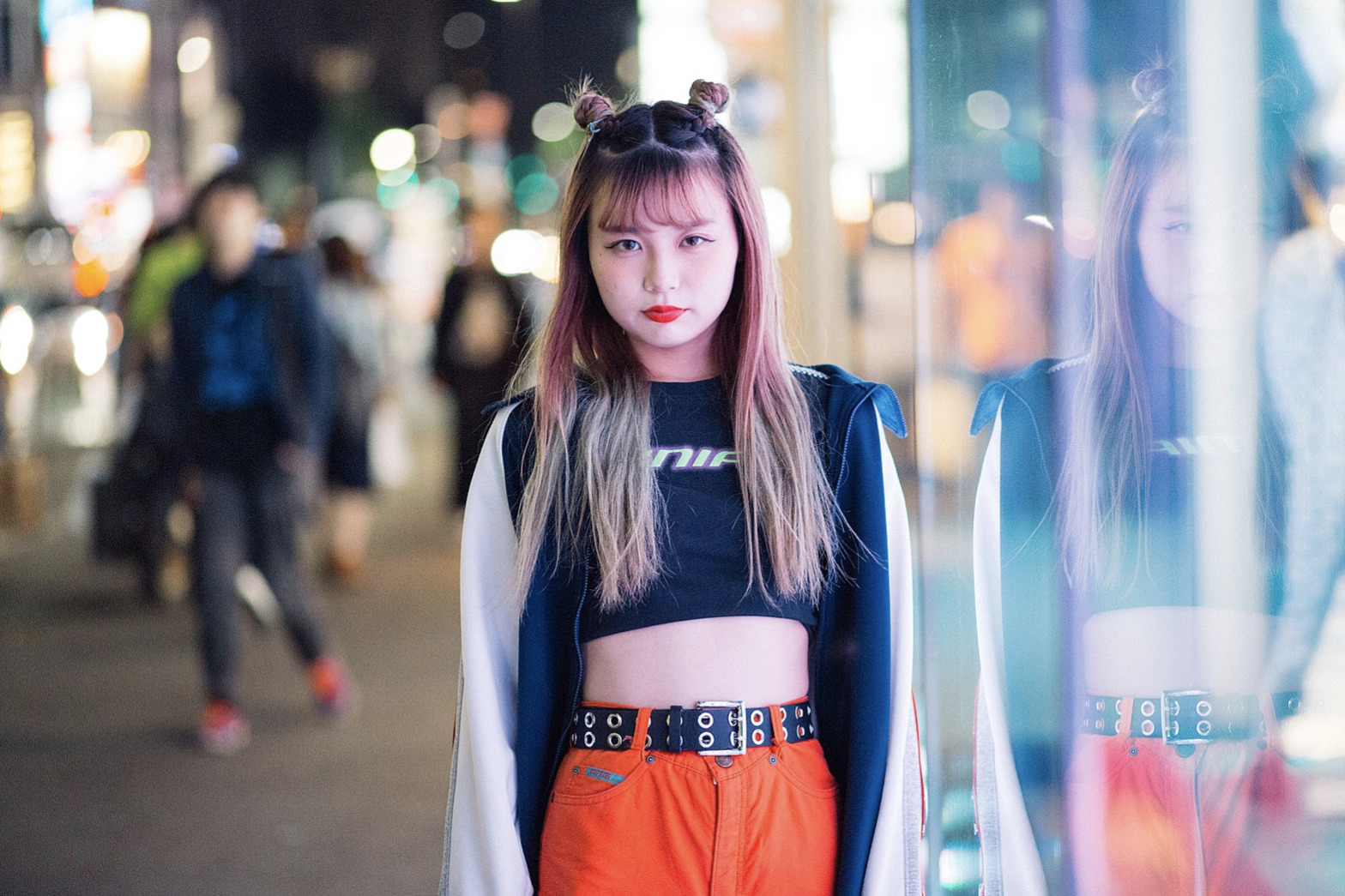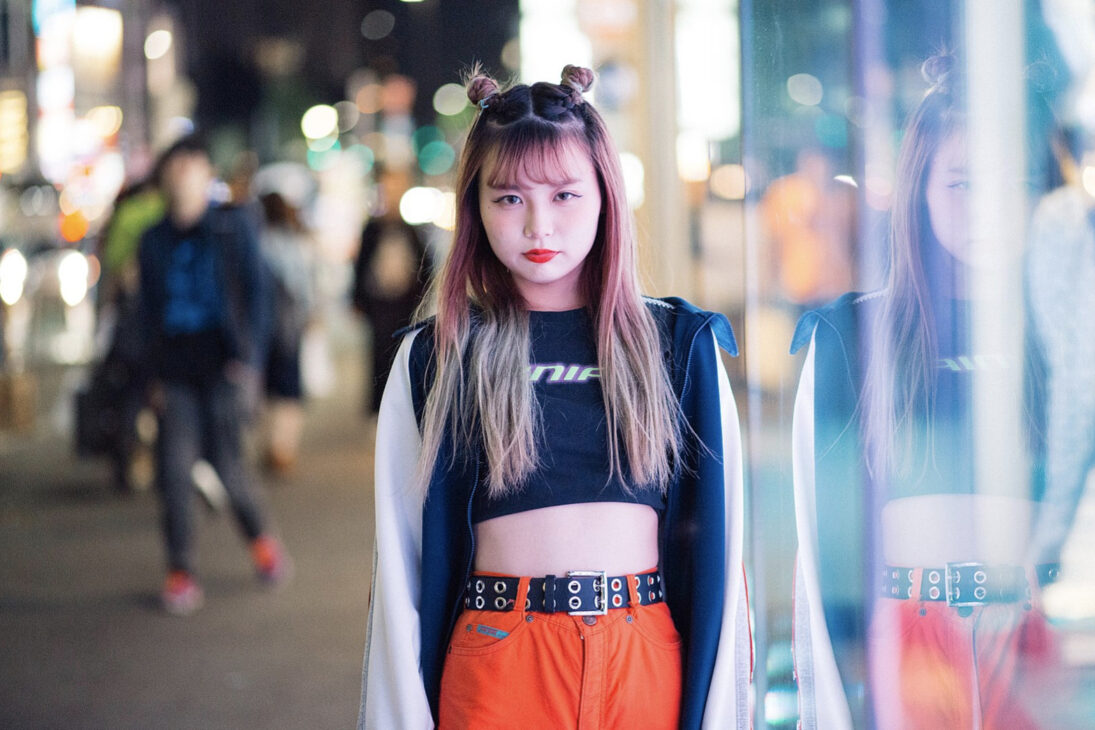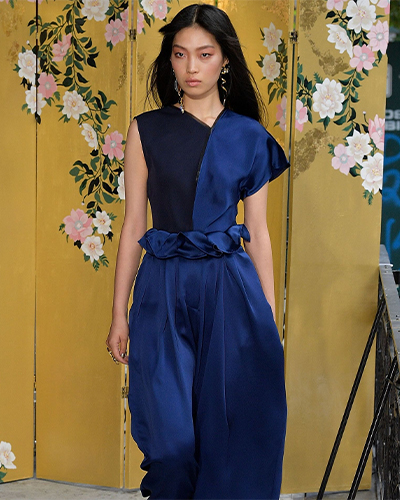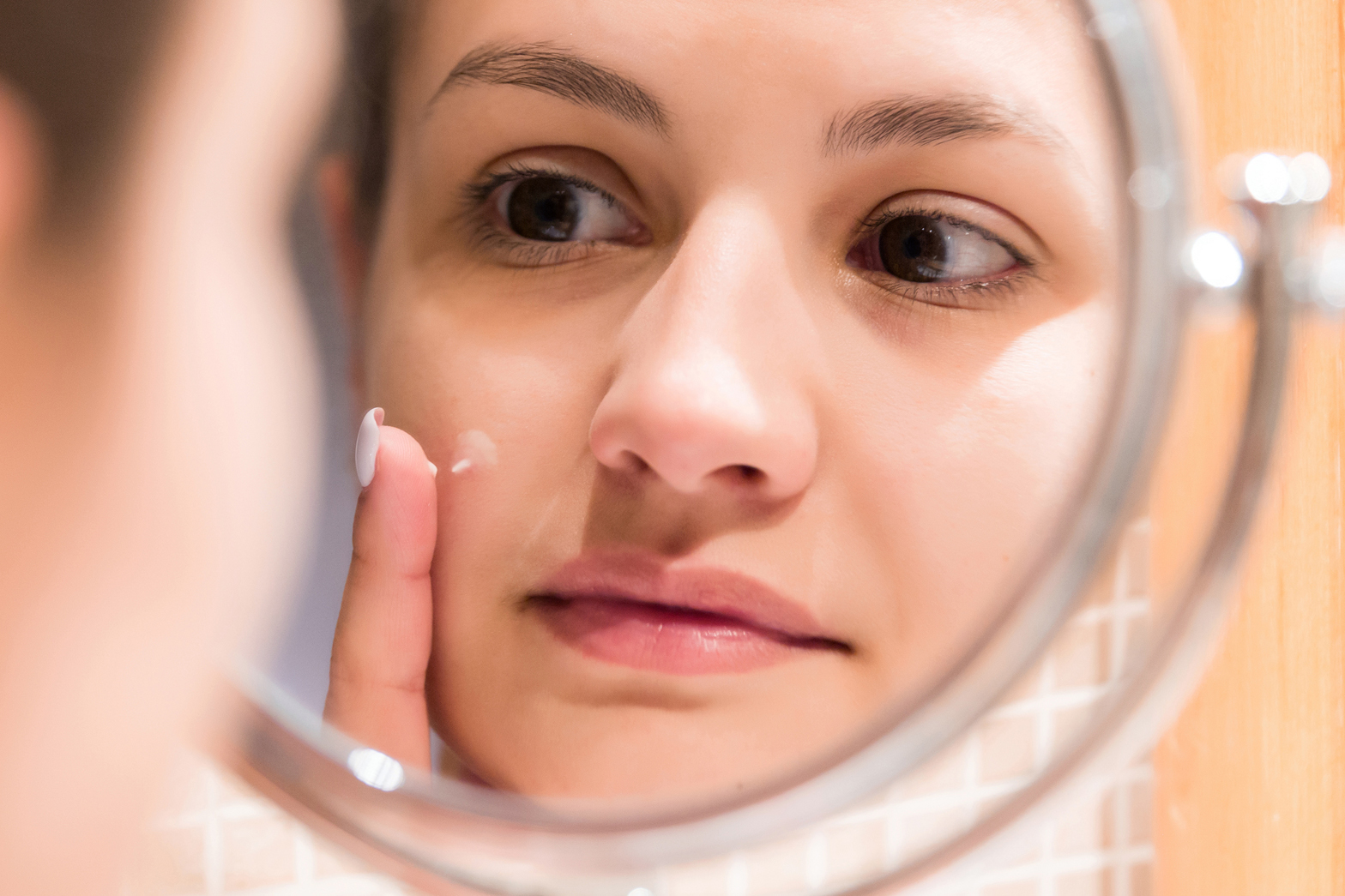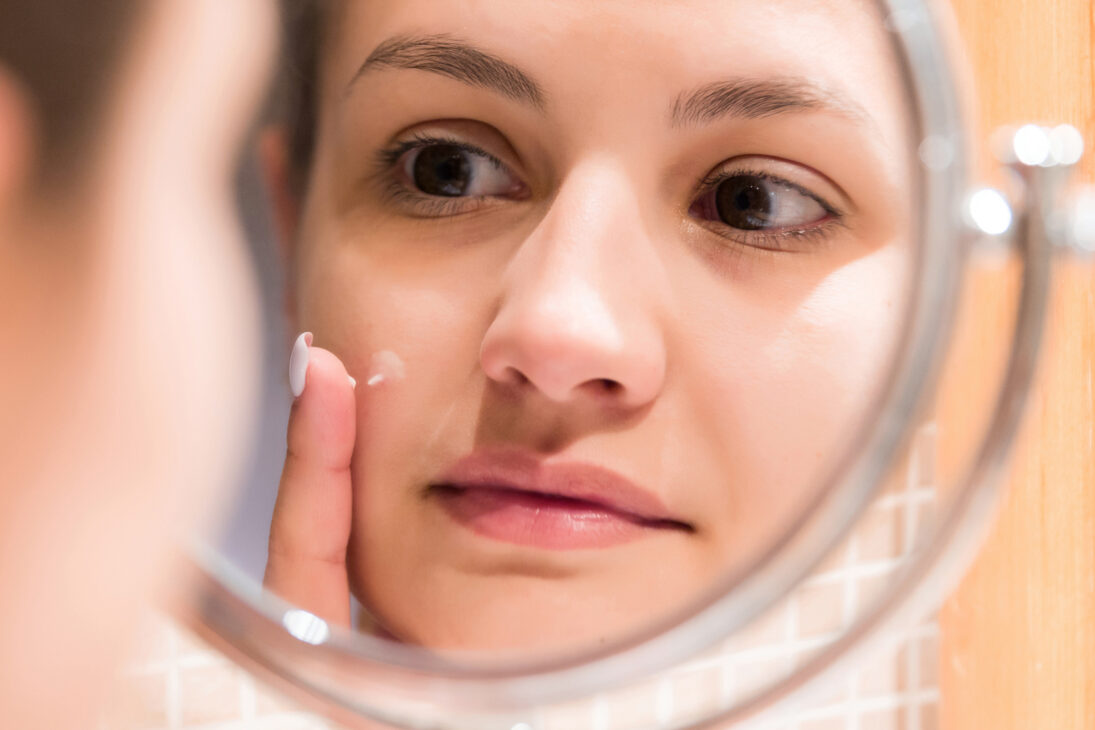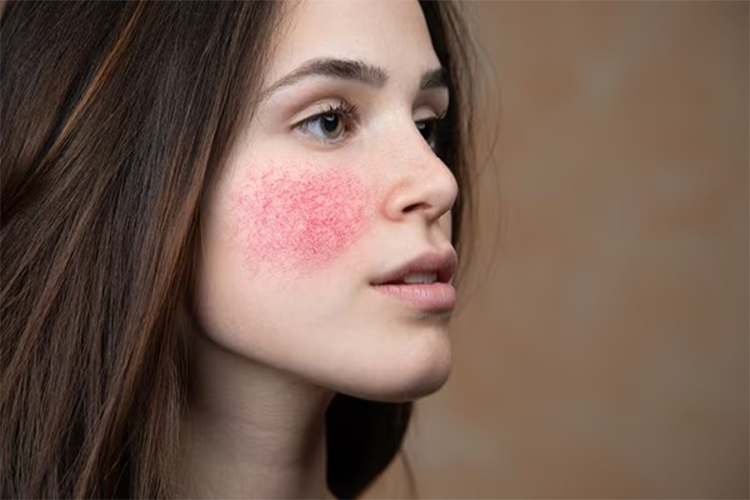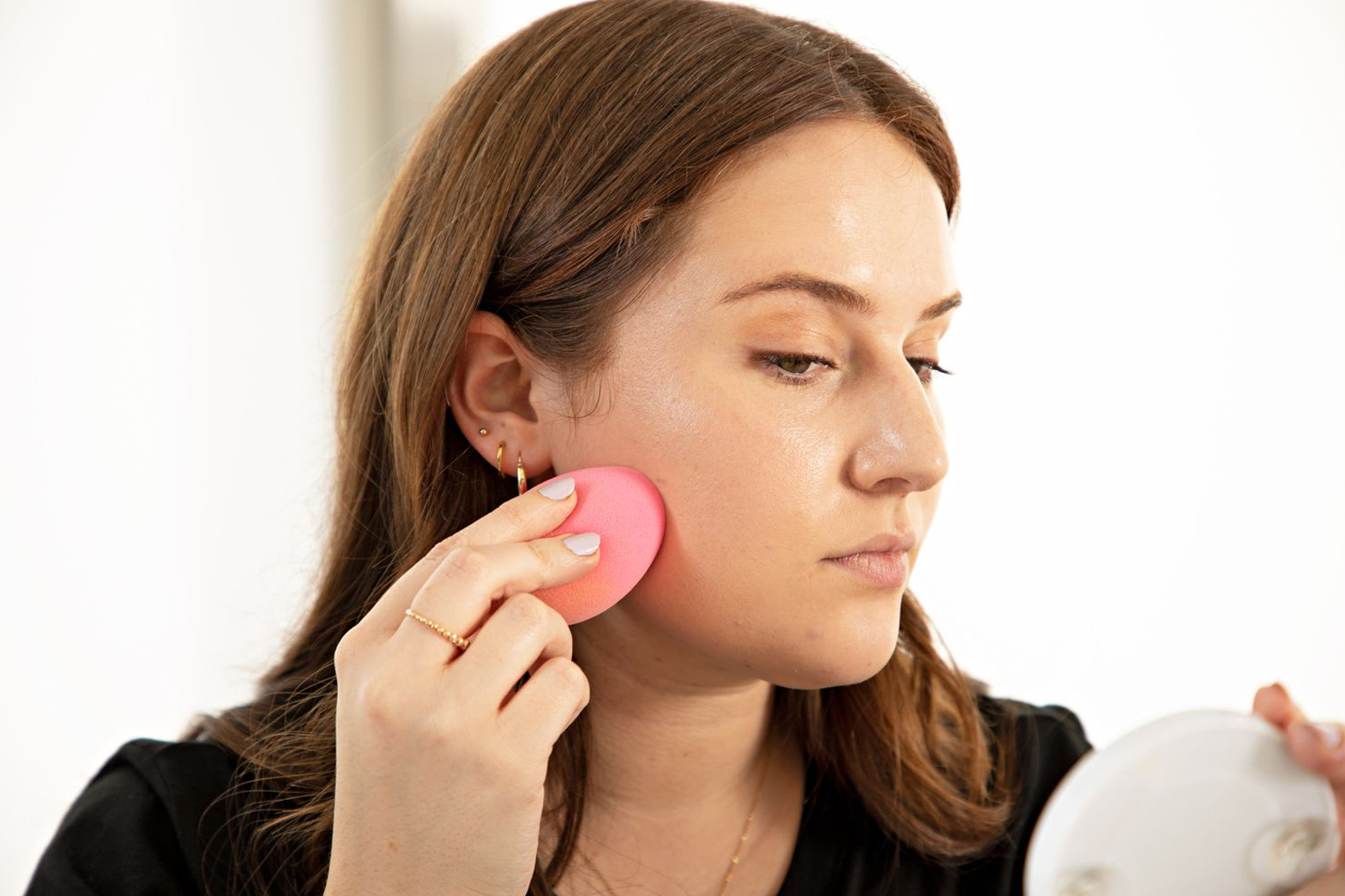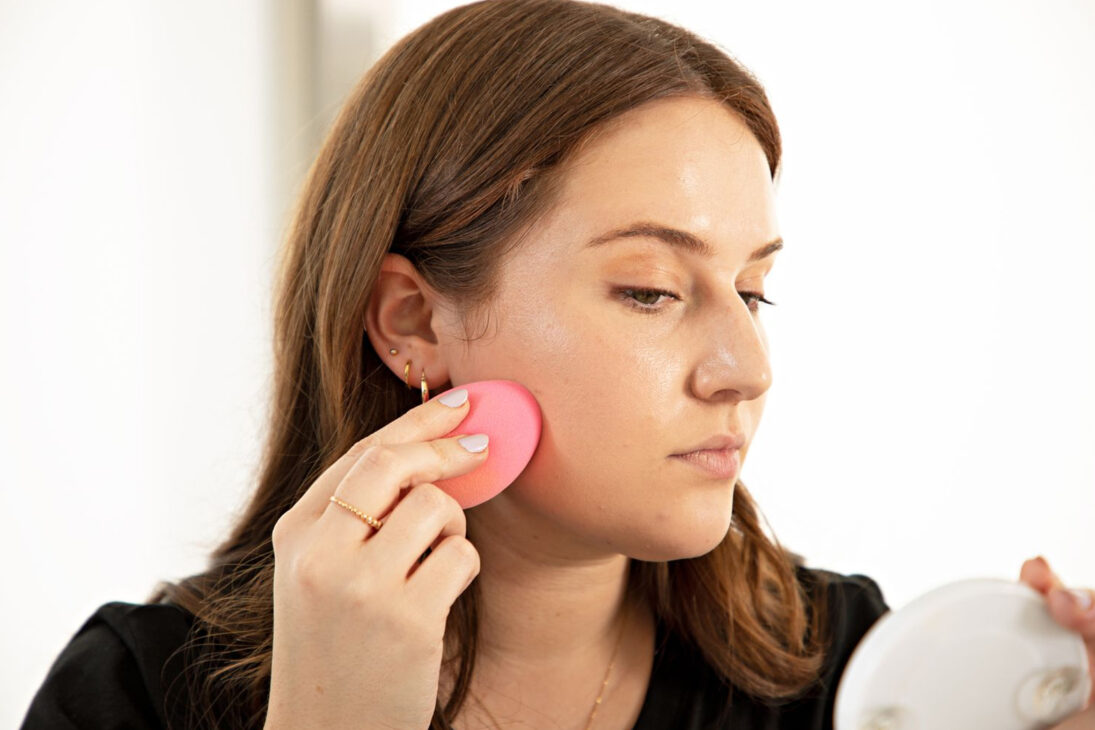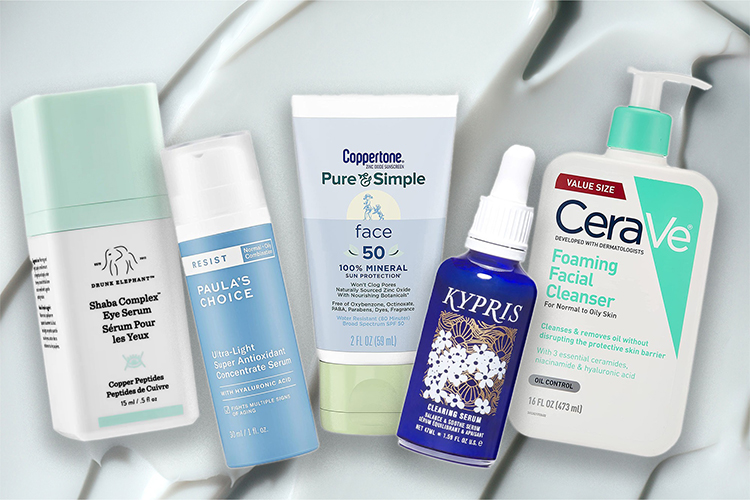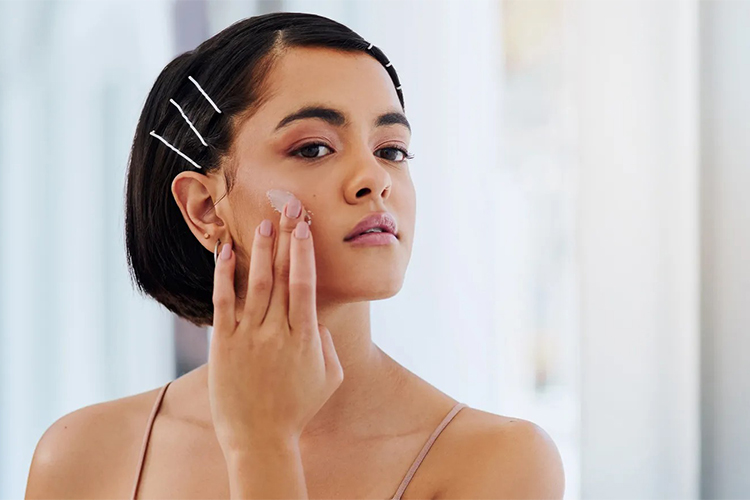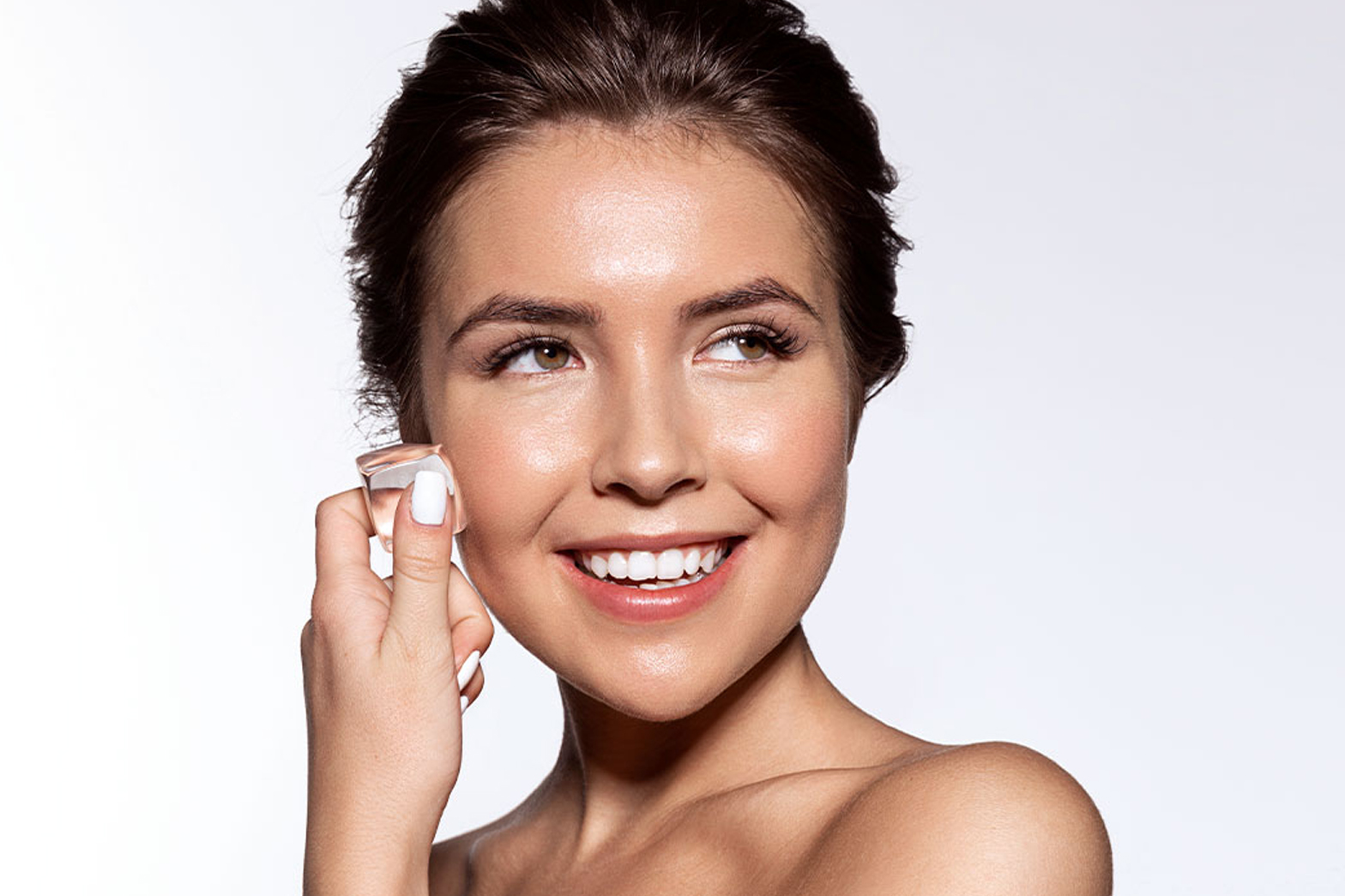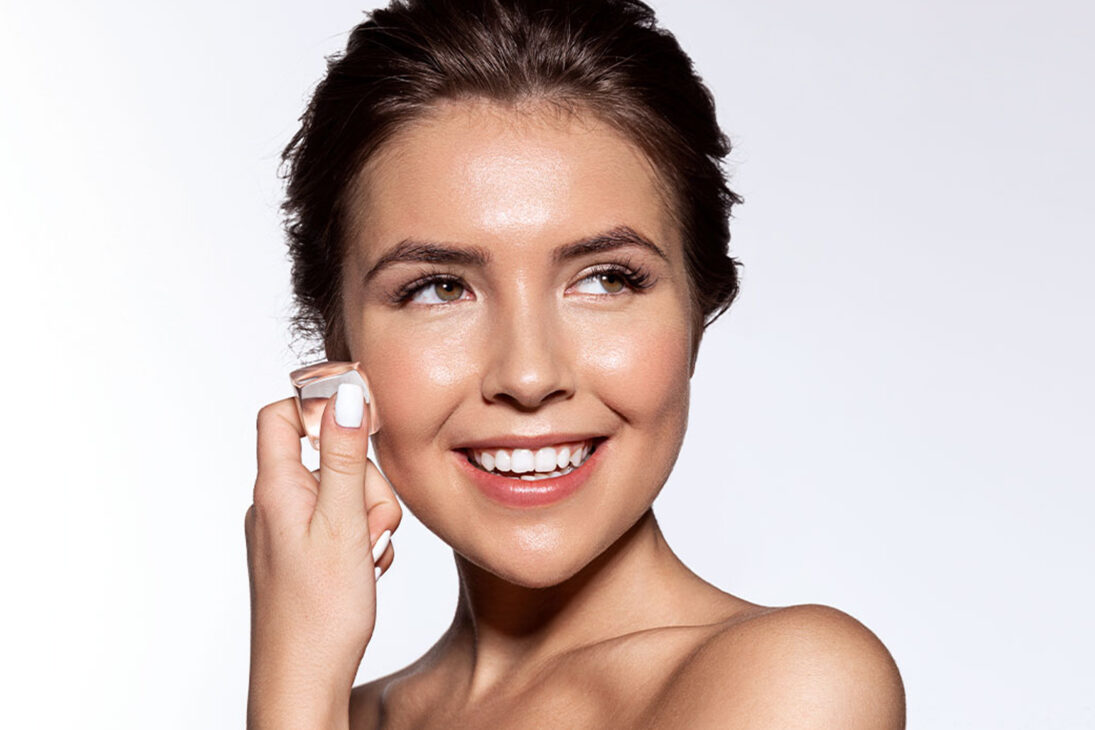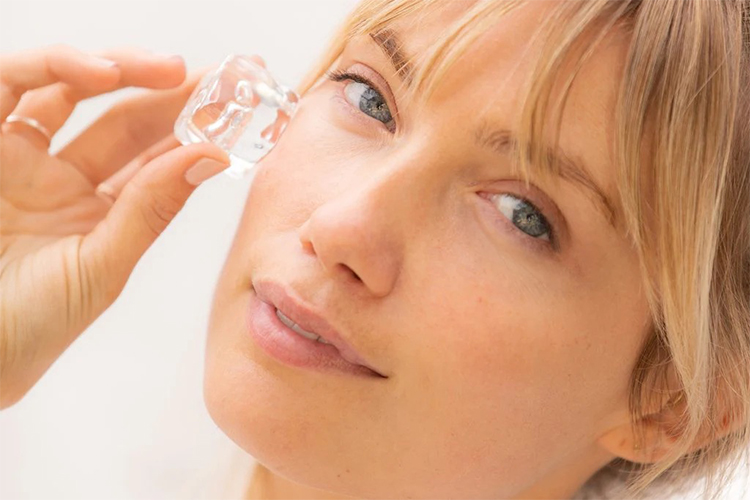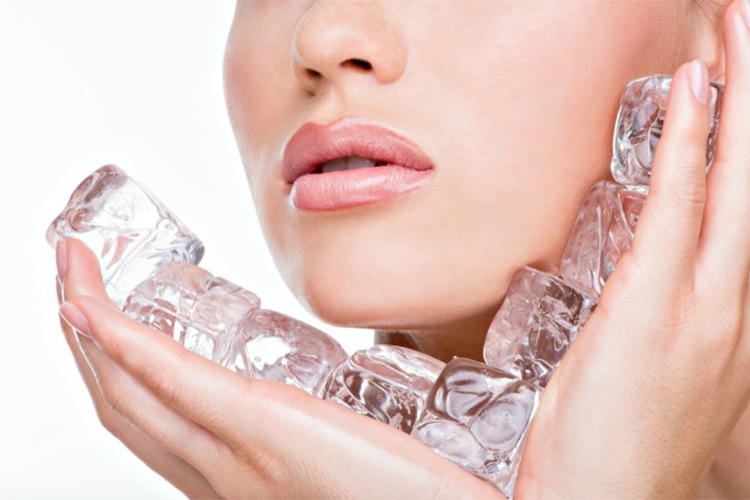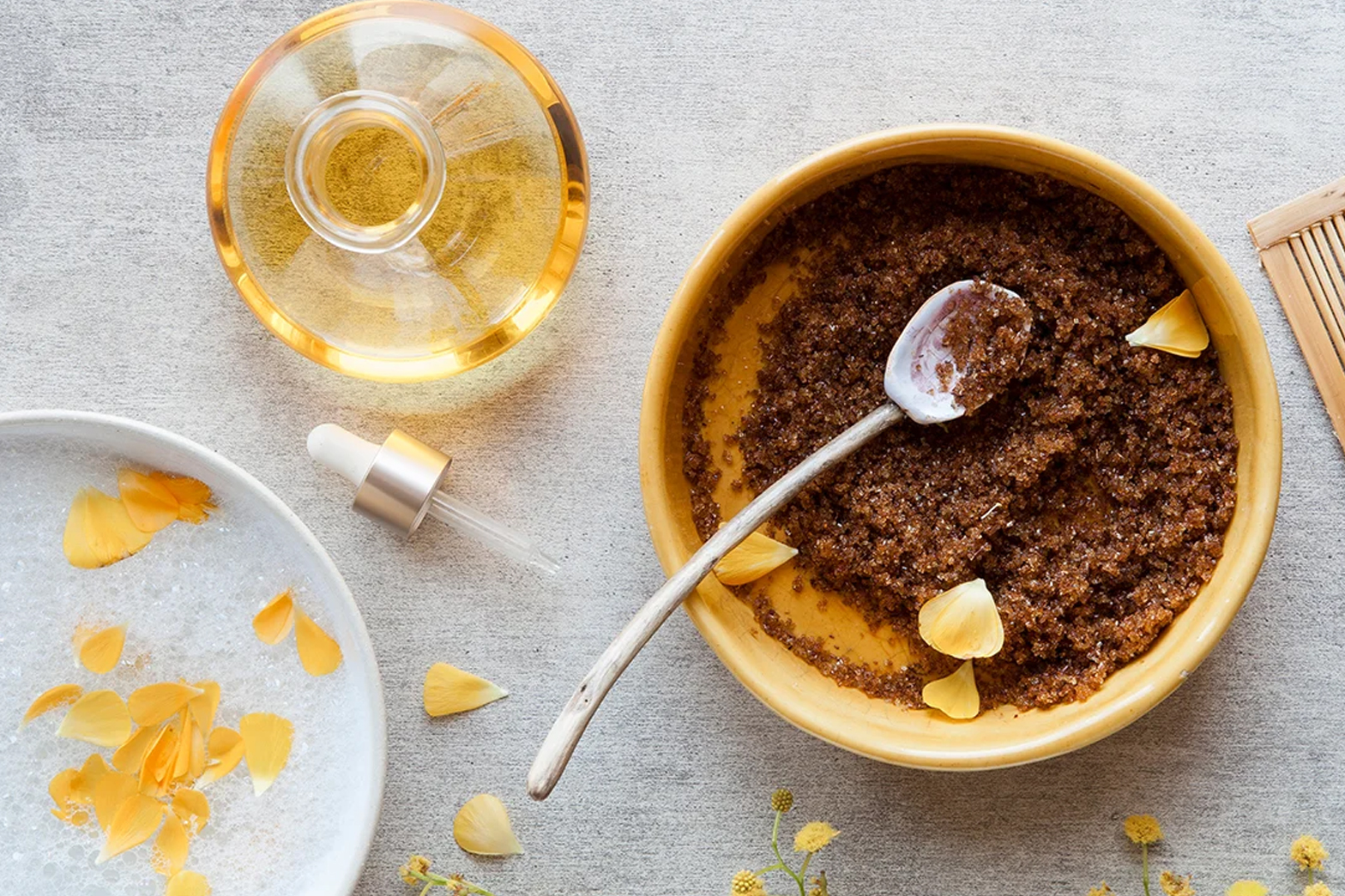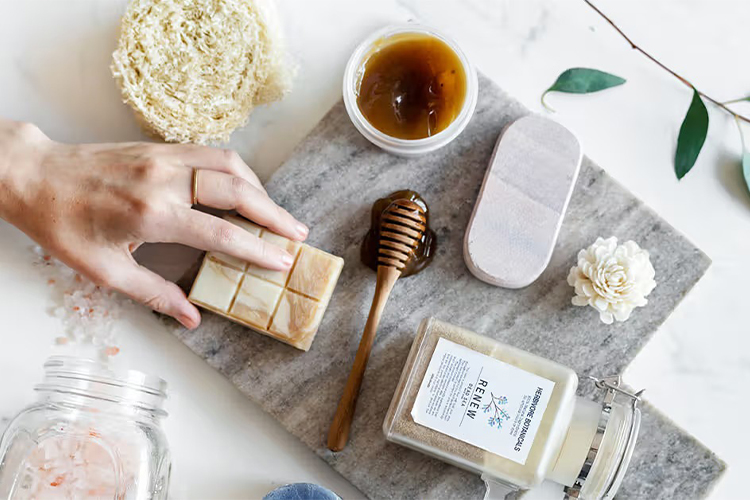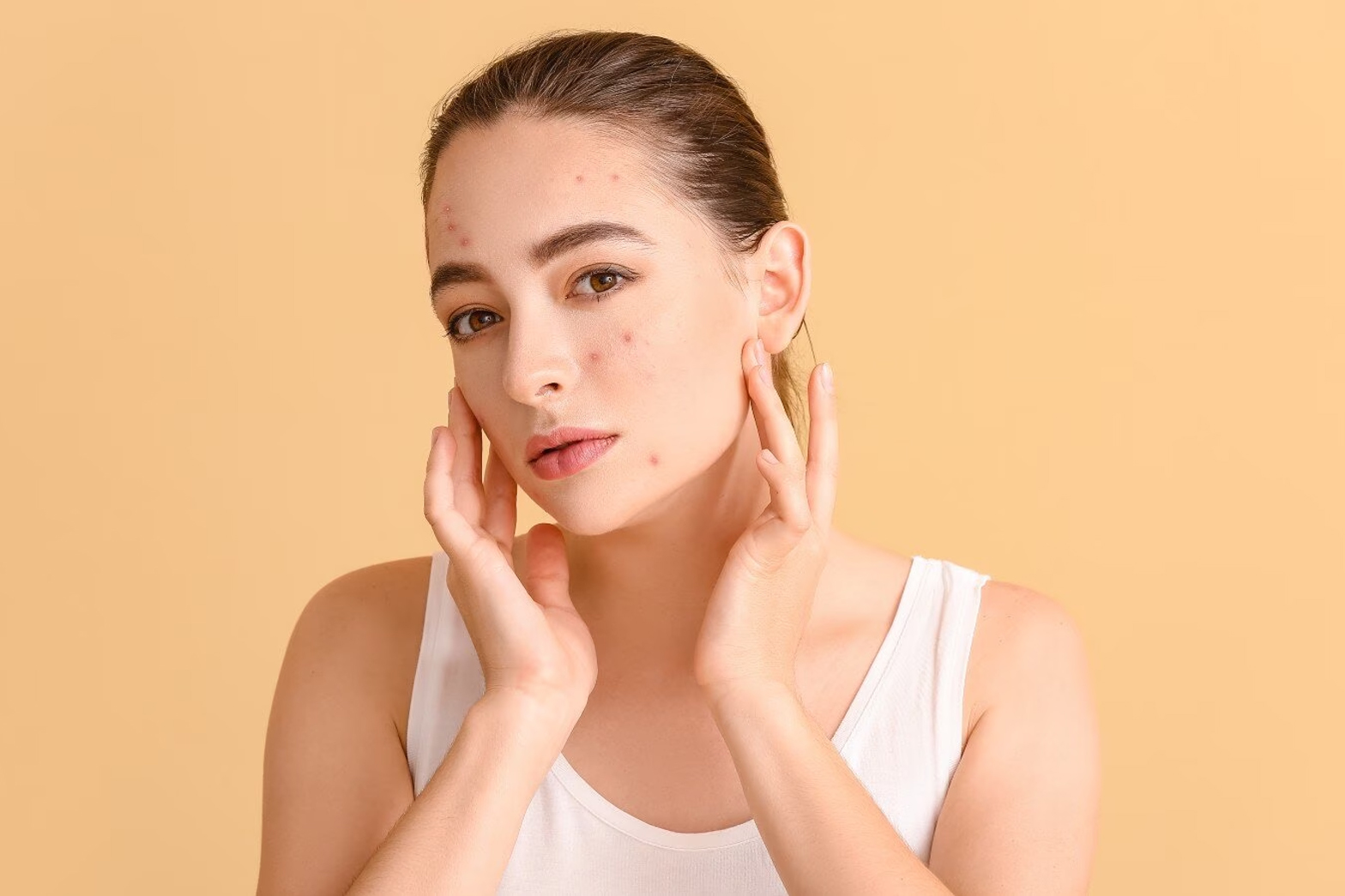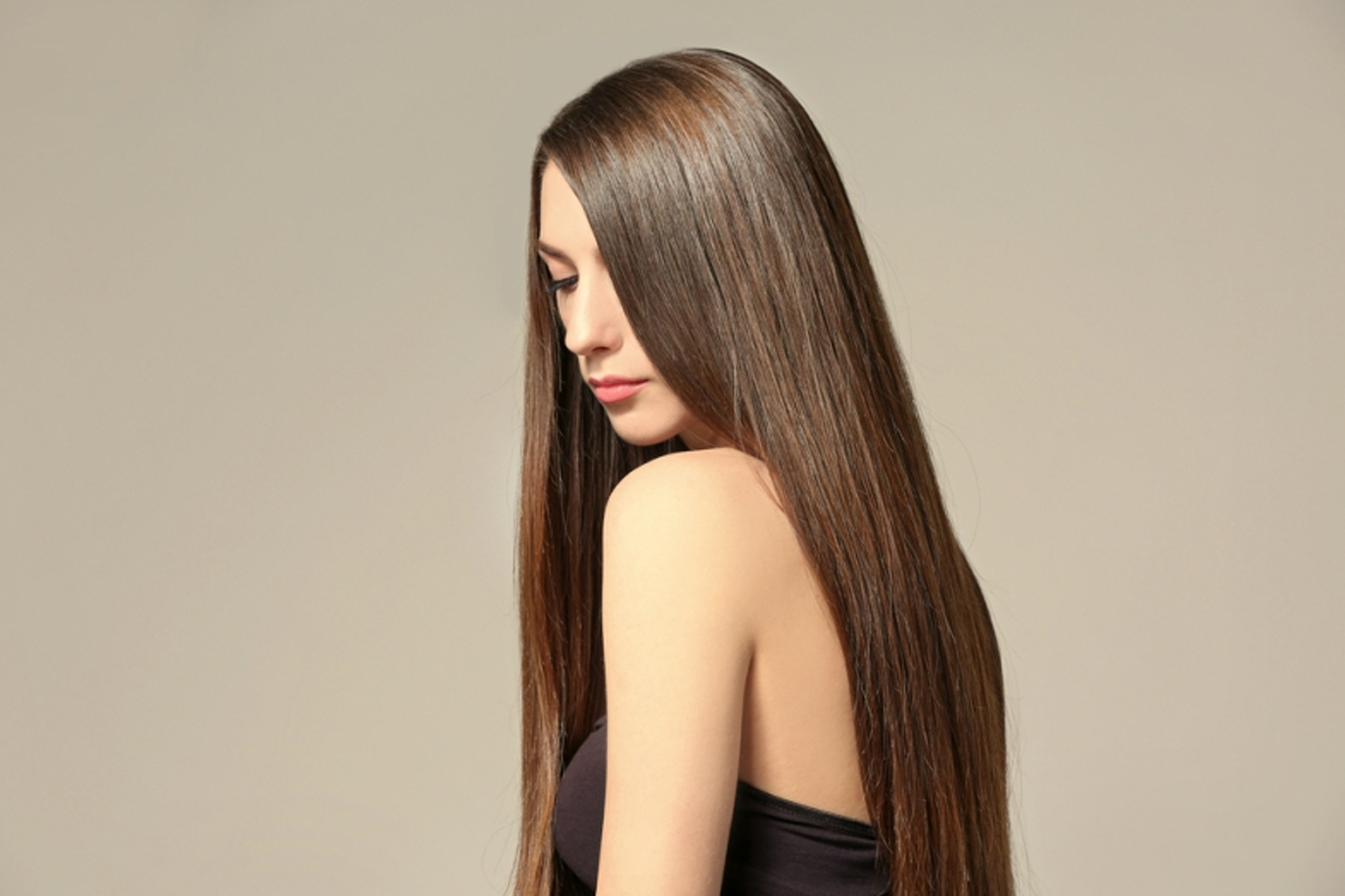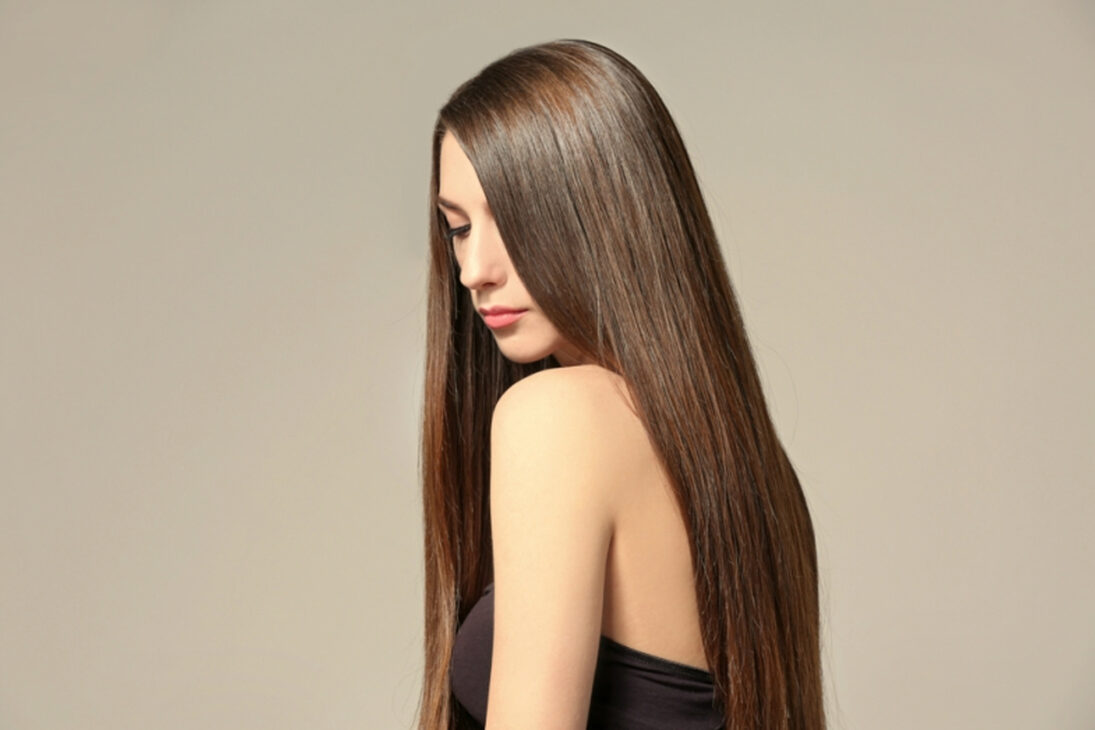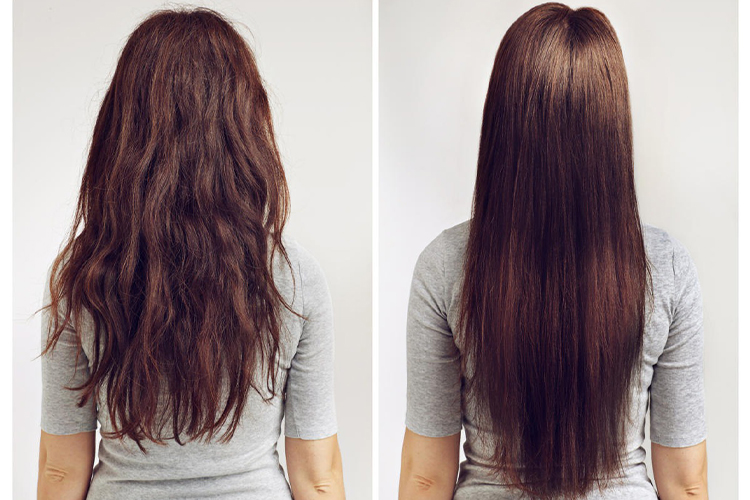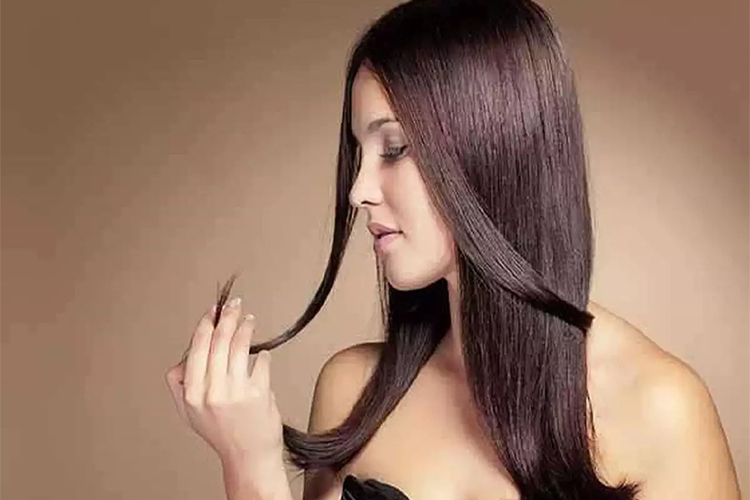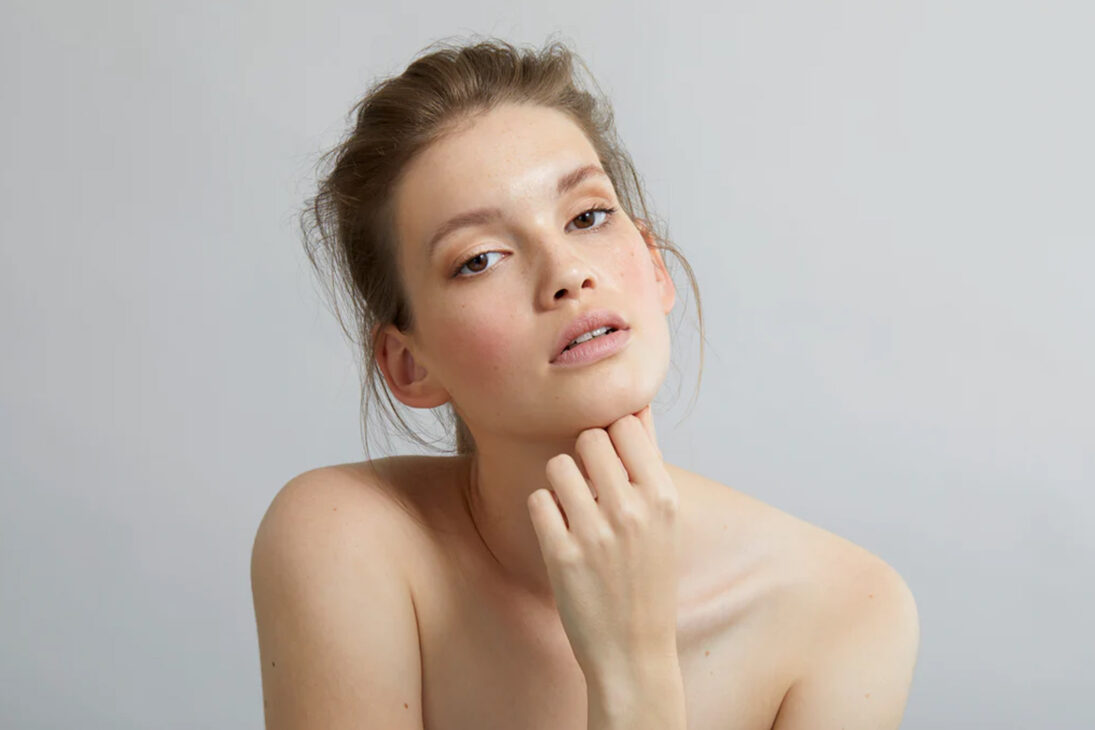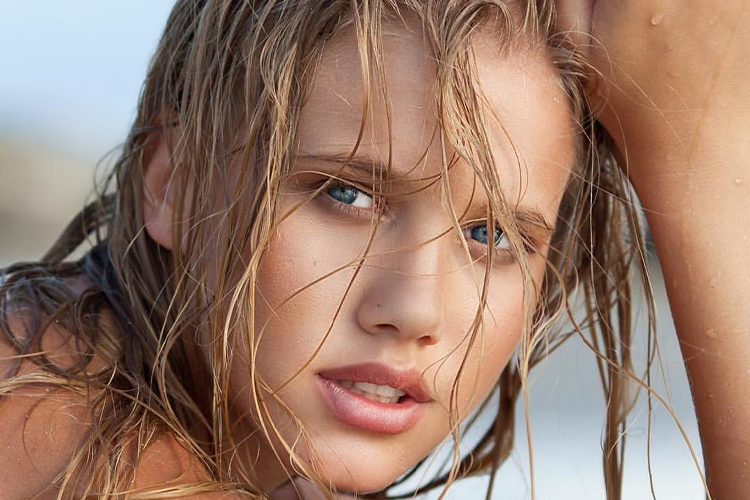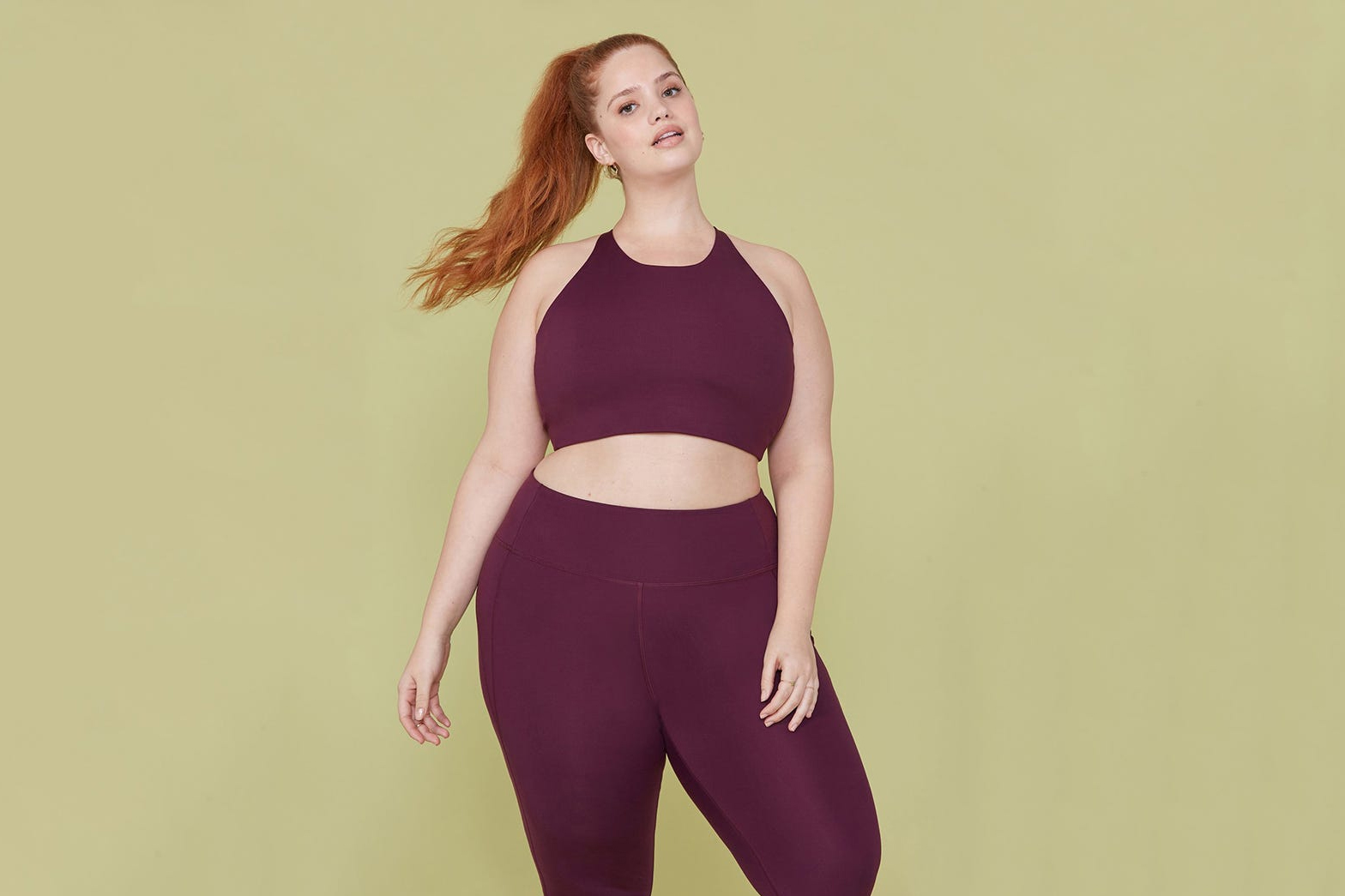
“Curvy Chic: Discovering Stylish and Budget-Friendly Plus Size Tunics That Shine”
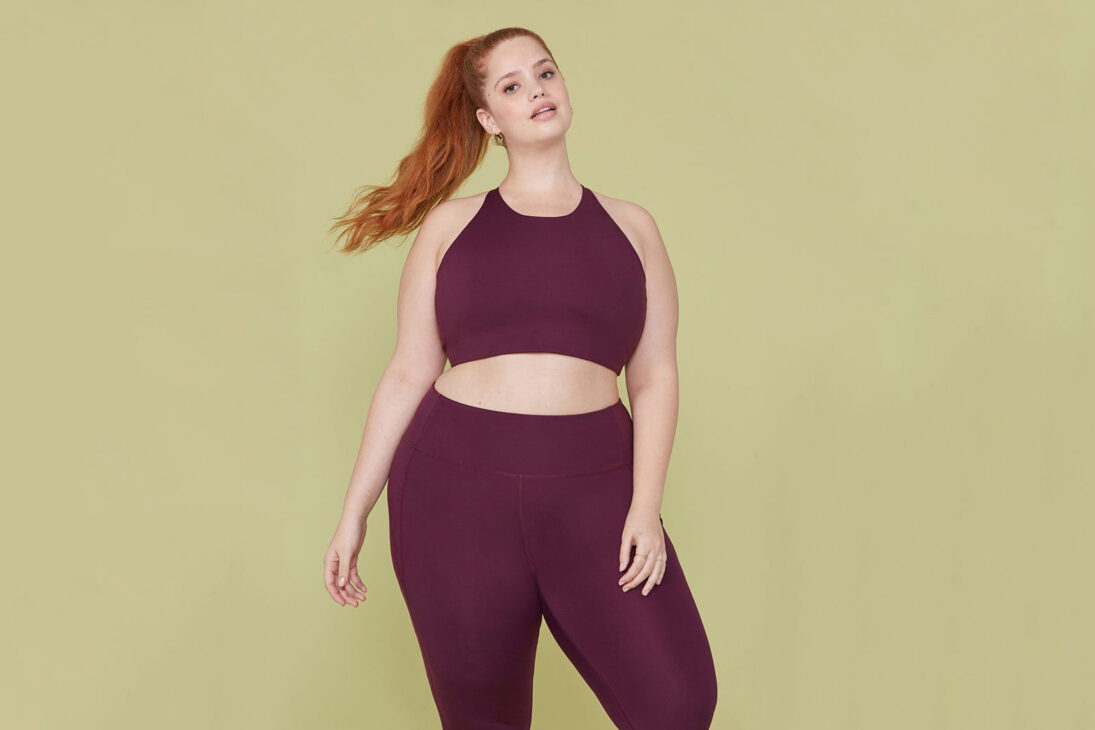
Tunics are a staple in every girl’s wardrobe. Unlike well-fitting and structured tops, tunics are airy, airy and comfortable to wear. Plus size tunics are perfect for curvy women as they sit loosely on the hips, accentuate the figure and conceal problem areas. Here are 11 best plus size tunic tops that are pocket friendly and stylish. just look
1. Vowubo knotted tunic top for plus size women
The Vowubo Plus Size Tunic Top is made from a soft fabric that is made from a blend of cotton and polyester and feels comfortable to wear. It features a side-knotted design at the bottom hem and snowflake-like color details. This plus size tunic top is chic and can be paired with skinny jeans or dress pants. It is available in six different colors from XL to 5XL.

2. Oversized jersey tunic for women from Daily Ritual with short sleeves and an open crew neck
This relaxed, loose crew neck t-shirt features a curved, dropped hem. It’s made from a smooth and luxurious viscose-cotton blend that hugs your curves beautifully. It’s available in seven fantastic colors with sizes up to 7x. You can pair this plus size tunic top with any of your jeans or leggings.
3. Popana Women's Plus Size Tunic Top
This loose fitting, relaxed V-neck top is perfect for fall, winter or spring. You can wear this long tunic top as a short dress to look stylish and chic. This plus size tunic top is available in 43 solid colors and colorful floral patterns. The size selection starts at small and goes up to 3XL. Combine it with leggings, boots and a scarf and you’re ready for winter!
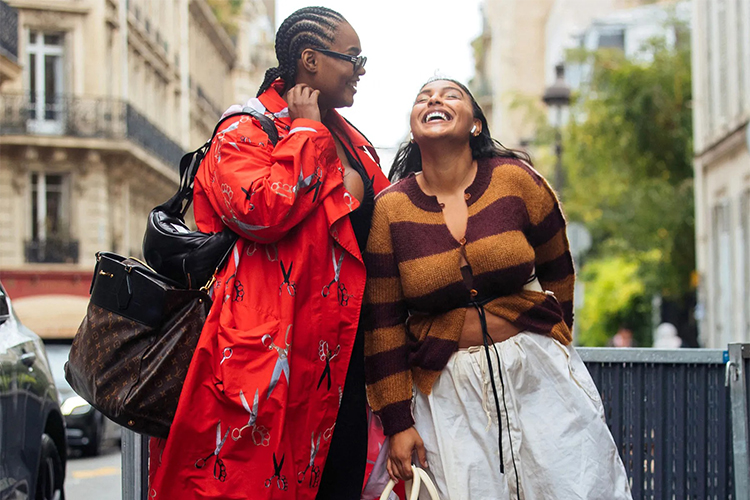
4. VISLILY Women's Plus Size Henley Shirt
This plus size tunic can be worn with leggings. Made of viscose and elastane, it is super soft, flowy and comfortable for everyday wear. It features a wide henley neckline with pleated details that flows into a chic A-line style. It looks great with skinny jeans, tights or leggings. You can also layer it during the day and night. This plus size tunic top is available in 30 colors and patterns.
5. DIOLOCA women's tunic with oversized lace neckline
This beautiful plus size tunic top with lace details on the neck and shoulders is simply stunning and a must have in your wardrobe. It has a fabulous silhouette that falls to the hem for added volume. Made from polyester and spandex, it’s light and flowy and features a ruffle pattern and lace details. It is available in 10 beautiful colors and sizes from 1X to 5X.
6. BELAROI Women's V-Neck Tunic Top with Oversized Pocket
These plus size tunics to wear with leggings are exactly what women love. It’s simple, airy, casual and comfortable. It will definitely make you give up t-shirts immediately. It features a fashionable V-neck, short sleeves and a flattering shirt hem that conceals your hips and waist area. This comfortable plus size tunic is available in 34 colors and prints in sizes 1X to 5X.
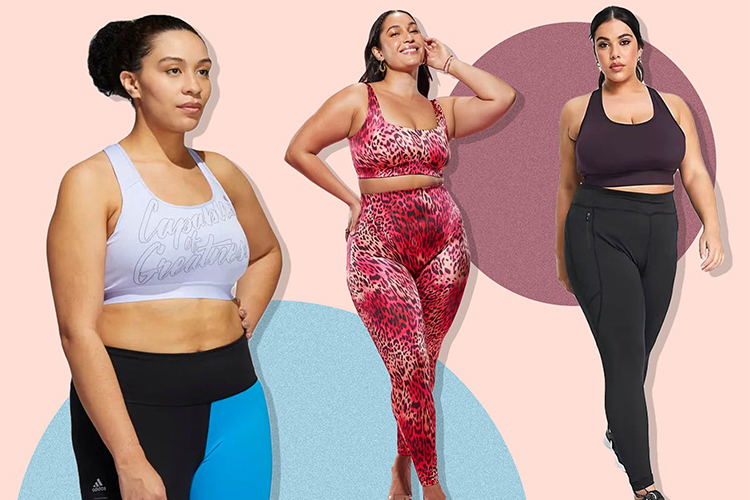
7. VISLILY Women's Lace Short Sleeve A Line Plus Size Blouse Shirt
This gorgeous lace embellished tunic top is so feminine and pretty! Anyone who likes to wear t-shirts will love this tunic. The bodice features a scoop neckline with lace trimmings at the hem and is super soft, comfortable, stretchy and lightweight. This plus size short sleeve tunic top comes in sizes 14W to 26W and you have about 11 color options. For a chic look you can combine it with jeans, jeggings or leggings.
8. Plus Size Striped Henley Tunic Top for Women from Ellos
This beautiful blue striped mid-length tunic with a high-low pattern is perfect for relaxed days when you want to wear something airy and comfortable. This plus size tunic top is made of 100% cotton, which is considered the most breathable material. The long sleeves have a roll-up button placket. This tunic is available in eight beautiful stripe colors and sizes start at S and go up to 5XL. It is the best shirt for leggings.
9. Daily Ritual Women's Plus Size Long Sleeve Split Hem Tunic Top
This tunic top looks sexy, stylish and extremely chic. In addition to a simple crew neck with long sleeves, the tunic features a wide side slit on the sides, making it stylish and trendy. The plus point is that sizes start at 1X and go up to 7X. So these are the best plus size extra long tunics that you can quickly add to your cart. These are the best cheap plus size tunics for leggings.
10. MONNURO Women's Short Sleeve Flare Swing Plus Size Tunic Top
This tunic is a regular scoop neck top with short sleeves, but it is flared and falls at the hem, giving it a very edgy and stylish look. You can wear it with skinny jeans or ripped jeans as casual wear or even as party wear. It is available in 33 colors and prints with sizes ranging from 1X to 5X.
11. LARACE Casual V-Neck Tunic Top for Women
This is another chic plus size floral tunic top that you can wear with leggings or a pair of jeans for a casual and relaxed look. It has an uneven hem and is made from stretchy and lightweight fabric. You can combine it with shorts, casual pants or skinny jeans. It comes in bold, bold colors and prints and sizes start at small and go up to size 5x.
In conclusion, these 11 stylish and pocket-friendly plus size tunics are a must-have for every curvy woman’s wardrobe. From knotted tunic tops to oversized jersey tunics, each tunic offers a look that is both comfortable and fashionable. Whether you prefer solid colors or floral patterns, there are plenty of options to choose from. These tunics can be easily combined with jeans, leggings or dress pants to create versatile and trendy outfits for any occasion. Embrace your curves and rock these fabulous plus size tunics with confidence!
Share

